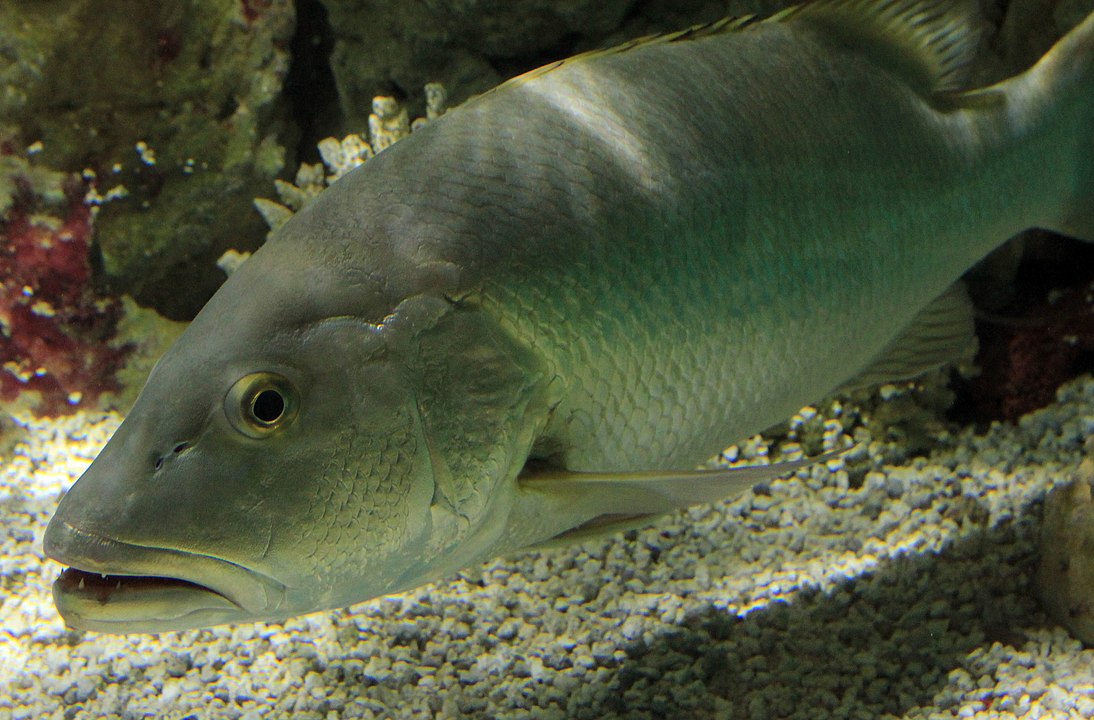
Cubera snapper. Photo by Yinan Chen, Wikimedia Commons.
The Gill-Oxygen Limitation Theory, known as GOLT, explains the biological reasons that force fish, particularly larger or older ones, to move poleward when the waters in their habitats heat-up due to climate change.
In a paper published in Mediterranean Marine Science, Daniel Pauly, the author of the theory and the principal investigator of the Sea Around Us initiative at the University of British Columbia’s Institute for the Oceans and Fisheries, explains that warming waters have less oxygen and, therefore, fish have difficulties breathing in such environments. In a catch 22-type situation, such warming, low-oxygen waters also increase fish’s oxygen demands because their metabolism speeds up.
So, what to do? Move to waters whose temperatures resemble those of their original habitats and that satisfy fish’s oxygen needs. As the global sea surface temperature has increased by approximately 0.13°C per decade over the past 100 years, ‘suitable’ waters are more and more found towards the poles and at greater depths.
This is how it works: fish’s gills extract oxygen from the water to sustain the animal’s body functions. As fish grow into adulthood their demand for oxygen increases because their body mass becomes larger. However, the surface area of the gills does not grow at the same pace as the rest of the body because it is two-dimensional, while the rest of the body is three-dimensional. The larger the fish, the smaller its surface area relative to the volume of its body.
“This is the basis of the GOLT,” Pauly said. “So a fish whose gills are already not keeping up with the pace of its growth, experiences difficulties breathing, developing and fulfilling otherwise regular functions when water is warm and contains little oxygen. Thus, two things happen: either fish cease growing at a smaller size to be able to fulfill their needs with the little oxygen available for them; and/or they have to move to maintain themselves in water whose temperature and oxygen content is appropriate for them.”
Previous studies by Pauly and his colleagues have already predicted that climate change will cause some fish species to shift their distribution by more than 50 kilometres per decade. Tropical regions will be the most affected by this migration, a cause of concern for small-scale fisheries that are key players in the food security of developing countries and for industrial fisheries also exploiting marine resources.
For the researcher, the changes in fish distributions in the context of warming waters demonstrates that fish are exquisitely sensitive to temperature changes, a phenomenon that is explained by the GOLT. Pauly also argues that the theory is overarching as it explains other phenomena such as the breadth of fish’s seasonal migrations or the fact that as fish become larger, their food conversion efficiency declines, a feature known to aquaculture practitioners but not considered much in scientific accounts.


